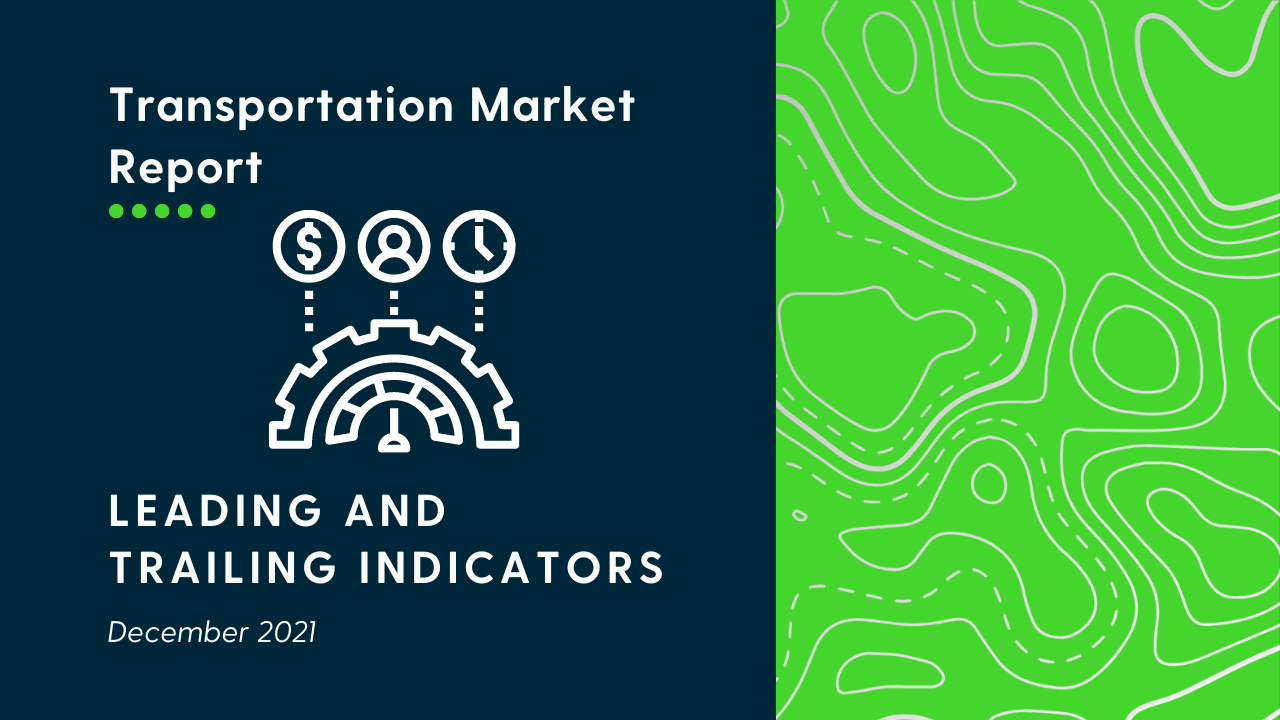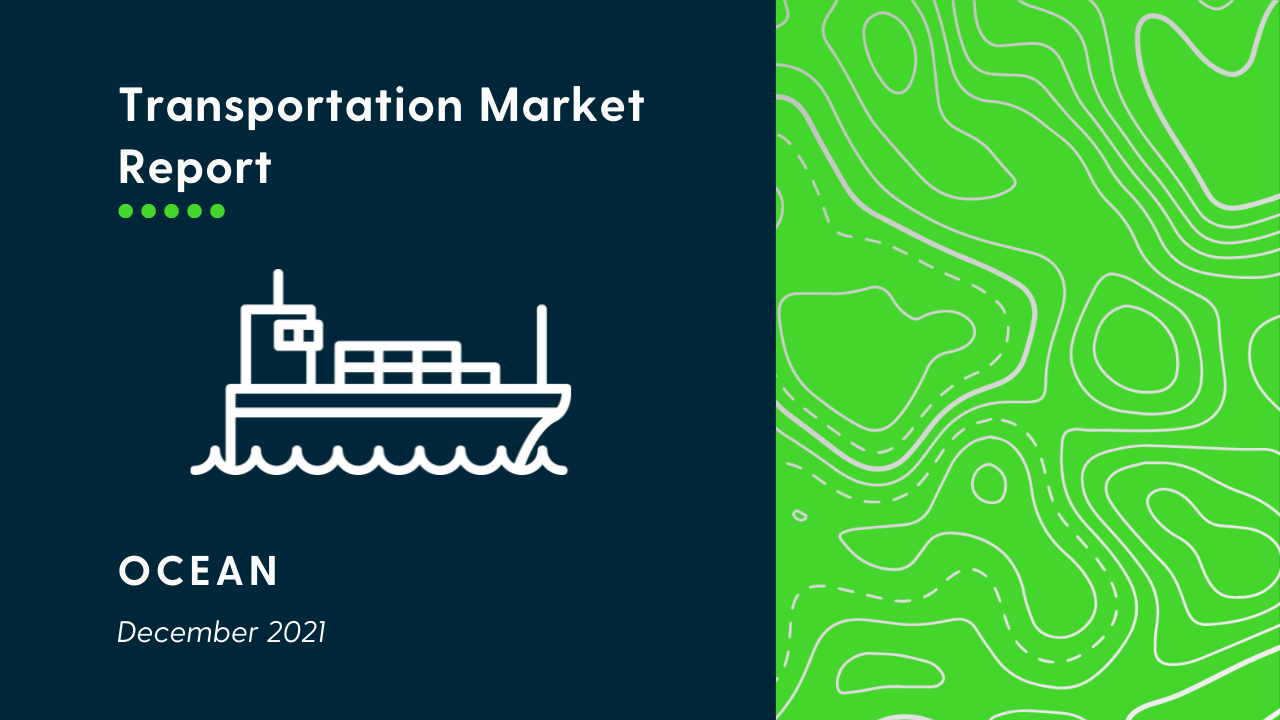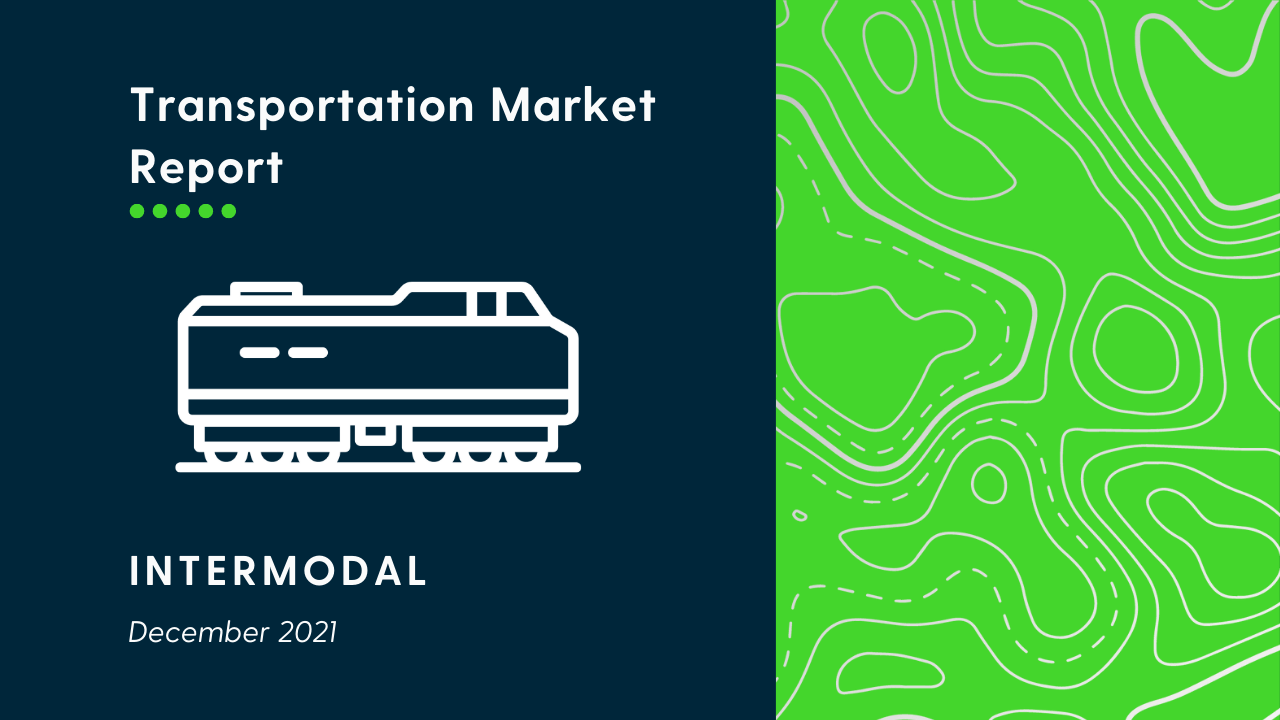March Industry Report
March shows moderate increases in TL and IMDL pricing
Broughton Capital has released their monthly freight economic indicators, and with that, we’re able to bring you our monthly update on the TL and IMDL markets.
TL : The winter months of 2019 showed signs of a cooling TL contract market, but the rates are starting to heat up once again. March’s index value (139.9) is the first month-to-month gain seen in 2019 thus far, though it still doesn’t quite reach the peak set in December 2018 (144.2). The month’s index marked a 4.8% increase from last year’s nominal value, which is impressive considering last year’s soaring prices. Experts predict nominal index values may continue to rise without showing much of a YOY increase due to the high bar set in 2018.
IMDL : After falling for the last two months, intermodal prices have reached a new record-high of 151.9. This marks a 3.8% increase from last month and 6.1% increase YOY. The intermodal rebound can be attributed to an increase in diesel prices. Additionally, IMDL demand continues to increase due to a truckload market that is short on capacity. If diesel pricing stays high and TL demand exceeds capacity, we can expect IMDL rates to stay high.
Barometer Readings
DAT Dry Van Barometer: The DAT Dry Van Barometer indicates that we are still in a minor capacity shortage. The shortage, which was exacerbated by last year’s ELD mandate among other things, has been steadily dwindling since the mandate was enforced. March’s Dry Van barometer reading of 51.7 (50 is equilibrium between supply and demand for capacity) is down 1.9% from February and 14.4% YOY. This marks another week of steady progression toward equilibrium since the shortage peaked in January 2018 with a reading of over 62 points.
DAT Reefer Barometer: For the first time since late 2016, there is a reefer capacity surplus. At 48.7%, this marks a 3.1% decrease from last month’s reading and a 14.4% decrease since last March. The ELD mandate proved just as difficult for the refer market as it was for dry van. Like dry van, the capacity shortage has dwindled as carriers learned how to handle the new procedures. Unlike dry van, the reefer capacity surplus may just be a result of the changing seasons; protect from freeze is being phased out as winter ends and there isn’t yet a substantial crop of perishables.
DAT Flatbed Barometer: Being not-so-closely tied to the dry van and reefer markets, flatbed rates ticked slightly upward to 54.8 after hitting a year low in February (53.2). March marks the 25th consecutive month where flatbed demand has exceeded capacity. Market watchers predict this massive demand is correlated to high oil and natural gas prices incentivizing more drilling and fracking – industries whose capital need a flatbed for transport. With no sign of these commodity prices dropping, continue to expect high flatbed rates.











